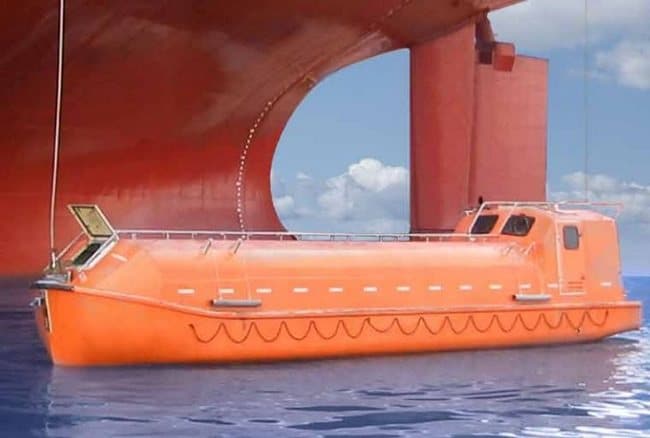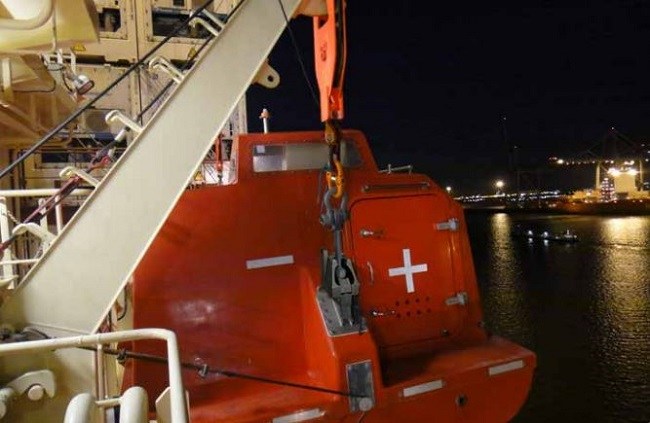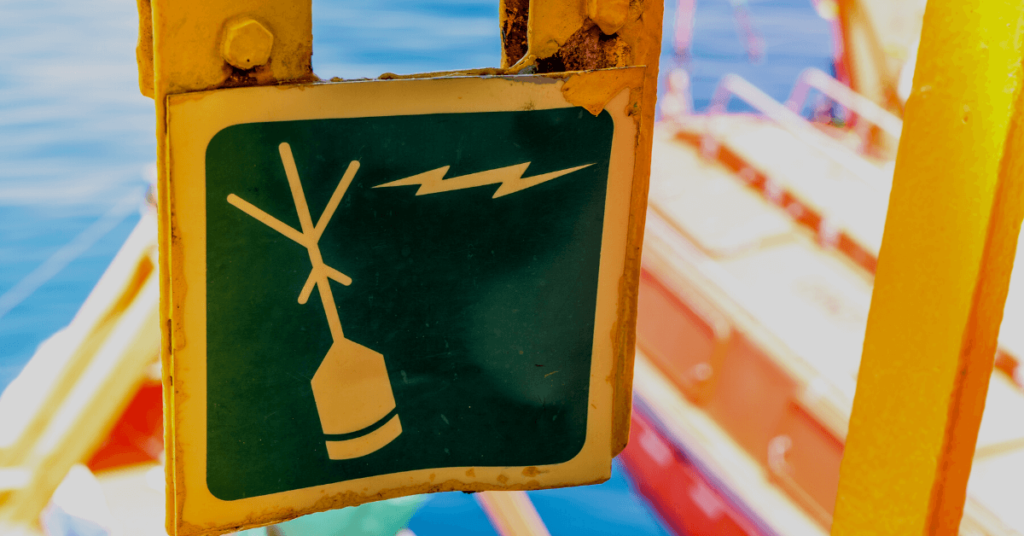Nadiro Lifeboat: The Next Level of Safety in Lifeboat Launching Systems of Ships
The Last and the only thing a seafarer can depend on to save his/her life in an emergency situation is the lifeboat of the ship. As we all know, lifeboat is an important life saving equipment used on ship for evacuating or abandoning the ship.
Seafarer’s team onboard must be trained good enough to lower the lifeboat within no time. This launching of the lifeboat requires regular trainings and drill. But the fact cannot be neglected that more casualties have occur during lowering the lifeboat of the ship during drills and emergency situations rather than those saved by the lifeboat. For this reason, a better and efficient arrangement is required to safely lower the lifeboat in kind of weather conditions. Nadiro Lifeboat might be the answer to this solution.

What is Nadiro?
Nadiro is a safe lifeboat launching system for the lifeboats of merchant ships, oil platforms, and drilling rigs. This system replaces the conventional hook release system with safer hydraulic and ball arrangement system.
The system helps the crew to perform drill or maintenance on the lifeboat without any incidents of failure of the launching system, which is very much present in the hook release system because of unfriendly weather and lack of maintenance.
To avoid wear due to sea water and cold weather (arctic region), the lifeboat with such system is installed inside a safe container module. This Award winning safety system was developed by combine venture of SH group and AP Moller Maersk.
How the Nadiro Works?
The Nadiro system modifies two basic components from the conventional lifeboat launching system – the release hook and the launching winch.
The Release System
The conventional hook showed problems of jamming, slipping, and stucking during lowering of the lifeboat. This resulted in several accidents. For this reason, this system is replaced by a ball arrangement.

The ball is connected to the falls or wire at one end and is fitted in a pawl casing which is then fitted in the lifeboat body.
When the boat is launched, due to the inclination of the lifeboat all the load comes into the ball and the wire, which together does not allow the ball to slip off the pawl. Further a locking clit is provided to hold the ball at all time until operated for release.
The release system consists of a hydraulically operated piston which will push the ball out of pawl and free the boat from the ship’s wire fall.
The hydraulic system has two mode of operation-automatic and manual.
The automatic mode will operate the release system only after sensing that boat is fully waterborne. If the auto system fails, a separate hydraulic pump arrangement with manual handle is provided to generate hydraulic pressure to release the ball out of the boat’s pawl.
All the parts of the release systems are made up of stainless steel to counter sea condition.
The Launching Winch
The launching winch is a motor with a drum which incorporates the fall or wire of the life boat and can perform release and lifting of the boat by slacking or wounding the lifeboat wire onto its drum.
This winch is incorporated with motor and disc brakes mounted directly above the lifeboat in the container module which has only one sheave resulting in less wear.
Laser sensors are provided to limit the hoist of the boat to avoid excess load on the winch.
The system can be operated from inside the boat with a remote control arrangement or from the ship’s hard wired deck stand.
Advantages of Nadiro
- Safer than conventional release system
- Avoid accidental release during drill
- Less maintenance required
- More reliable and easy to operate
- The winch is located on top of boat hence less load and less wear
- The lifeboat is inside a container protected from sea conditions
- Very effective protection from containers in cold region like Arctic
You may also like to read – The Beach Lifeboat Launching and Recovery System
Disclaimer :
The information contained in this website is for general information purposes only. While we endeavour to keep the information up to date and correct, we make no representations or warranties of any kind, express or implied, about the completeness, accuracy, reliability, suitability or availability with respect to the website or the information, products, services, or related graphics contained on the website for any purpose. Any reliance you place on such information is therefore strictly at your own risk.
In no event will we be liable for any loss or damage including without limitation, indirect or consequential loss or damage, or any loss or damage whatsoever arising from loss of data or profits arising out of, or in connection with, the use of this website.
Do you have info to share with us ? Suggest a correction
Latest Ship Safety Articles You Would Like:
Disclaimer :
The information contained in this website is for general information purposes only. While we endeavour to keep the information up to date and correct, we make no representations or warranties of any kind, express or implied, about the completeness, accuracy, reliability, suitability or availability with respect to the website or the information, products, services, or related graphics contained on the website for any purpose. Any reliance you place on such information is therefore strictly at your own risk.
In no event will we be liable for any loss or damage including without limitation, indirect or consequential loss or damage, or any loss or damage whatsoever arising from loss of data or profits arising out of, or in connection with, the use of this website.

About Author
An ardent sailor and a techie, Anish Wankhede has voyaged on a number of ships as a marine engineer officer. He loves multitasking, networking, and troubleshooting. He is the one behind the unique creativity and aesthetics at Marine Insight.
Daily Maritime News, Straight To Your Inbox
Sign Up To Get Daily Newsletters
Join over 60k+ people who read our daily newsletters
By subscribing, you agree to our Privacy Policy and may receive occasional deal communications; you can unsubscribe anytime.













Web at Maersk have this on all owned ships…safest and simplest system…